nalco group
bone, muscle & joint pain physio
BOOK NOW / WHATSAPP ABOUT YOUR PAIN OR INJURY
- NOVENA 10 Sinaran Drive, Novena Medical Center #10-09, Singapore 307506
- TAMPINES 9 Tampines Grande #01-20 Singapore 528735
- SERANGOON 265 Serangoon Central Drive #04-269 Singapore 550265
Home > Blog > Physiotherapy > Hand Therapy > Conditions We Treat / Hand Conditions > Elbow Pain > Elbow Medial Collateral Ligament Strain Or Rupture Elbow Physiotherapy
Elbow Medial Collateral Ligament Strain Or Rupture Elbow Physiotherapy

We definitely will use our elbows extensively in a variety of day-to-day activities, which can cause a certain amount of pressure to build up cumulatively inside the elbow complex, especially if we use our elbows primarily in extension.
This kind of pressure, also known as medial overload, can eventually result in acute or chronic injuries to the elbow complex.
In this elbow pain article, we’ll be focusing on:
- Elbow medial collateral ligament strain or rupture
- Some of its common causes and symptoms
- How it can be treated
What is Medial Collateral Ligament of the Elbow?
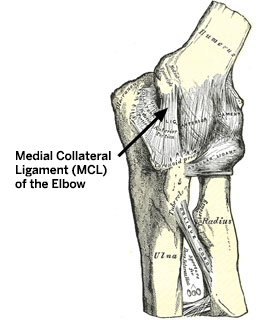
You shouldn’t confuse the elbow medial collateral ligament (MCL) with a similarly named ligament of the knee (which is also termed as medial collateral ligament - I know, it's an anatomy naming thing).
Anyway, an MCL sprain is basically defined as the tearing or overstretching of the ligament inside your elbow complex.
The elbow medial collateral ligament (MCL), also often referred to as the UCL (ulnar collateral ligament), of the elbow, refers to a strong band of connective tissue that’s part of the tendons and ligaments that help join the ulna (inner forearm) to the humerus (upper arm). It’s meant to provide stability and structure to the elbow and prevent medial forces from getting placed through the elbow.
And unfortunately, like any parts of our joints or body, our elbow medial collateral ligament can be injured. An elbow MCL sprain can occur when your elbow gets subjected to a laterally directed force.
Moreover, MCL tears or injuries may be acute or insidious.
It’s extremely important to understand the medial collateral ligament of the elbow pain or rupture in order to diagnose it properly and address other medial elbow conditions.
It’s worth noting that MCL injuries are essentially graded, according to the scale listed below:
- Grade 1 – No loss of ligamentous integrity and fewer than 10 percent of fibers are damaged
- Grade 2 – Increased joint laxity and incomplete tearing of the medial collateral ligament
- Grade 3 –Gross laxity and complete tearing of the MCL
More often than not, there are some more structures that are damaged in grade 3 strain or rupture, which may include the elbow capsule, bony surfaces, and cartilage.
Most people with grade 1-2 ruptures tend to go back to normal within 6 to 12 weeks and return to high end sport at around 16+ weeks.
However, grade 3 injuries require a substantially long rehabilitation period that depends on the intensity of damage and whether or not surgical treatment is necessary.
Causes of elbow medial collateral ligament Strain and Injuries
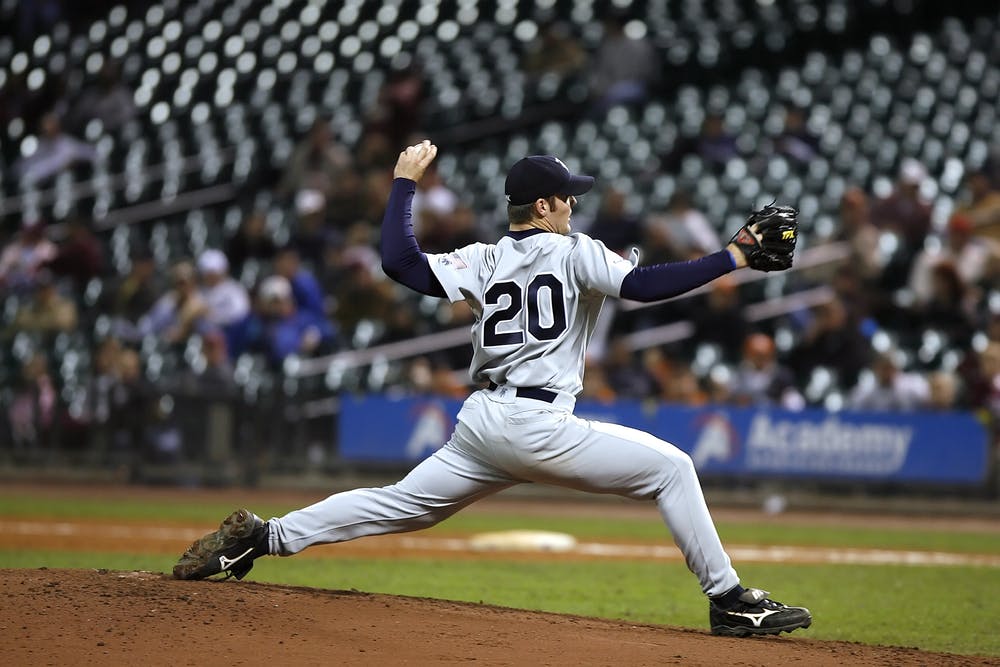
In most people, elbow MCL injuries are rarely ever caused due to pressure inflicted on the joint while making a throwing motion.
But as far as athletes like javelin throwers, baseball pitches, and lacrosse players are concerned, the repetitive throwing required in their sport can (and may) eventually result in elbow injuries and pains due to
- cartilage tears
- bone spurs
- swelling
(inflammation) and even a
- rupture in the ligament
Medial collateral ligament injury typically involves a sideways force being applied across the foreman that causes the ligaments to get overstretched and puts the inside of the joint under stress.
For instance, using a low elbow technique to throw a heavy object like a Javelin can place the inside of your elbow under a lot of stress.
The majority of beginners as well as some professional throwers prefer the low elbow technique because the arm is able to store quite a lot of energy and send the implement a long way.
However, it often comes at a price and the MCL of the elbow ends up having to pay for it.
Additionally, it has been observed that these ligament sprains are common in gymnastics as well as combat sports like Mixed Martial Arts and Judo.
Some other causes of the MCL strain/rupture include falling onto the arms or hands and traumatic injuries where the arm ends up buckling inwards.
Symptoms and Signs to Look Out for
When a person’s elbow MCL gets ruptured or injured, they’re still able to throw and have a complete range of movement in their elbow, but they won’t have the ability to inflict force into a throw.
Since these tears are a result of a gradual weakening of the ligament, it’s possible that, in some cases, a torn ligament may not immediately become clear.
It won’t be wrong to say that the symptoms of an MCL sprain or injury in the elbow largely depend on whether the injury is acute (sudden onset) or chronic(developed gradually with time).
Let’s take a look at some common symptoms of an elbow medial collateral ligament tear or injury:
- Limited ability to perform certain motions
- A minor swelling of the elbow joint
- Bruising on the inside of the arm
- A feeling of instability in the elbow, depending on the grade of the injury
- An audible snap, pop, or collapsing when the injury occurs
- Soreness, tightness, or stiffness along the inside of the elbow
- A tingling or numbing sensation in the arm
- Tenderness and pain when you press in the area of the ligament along the inside of the elbow
- Requiring more time to warm up for a sport
- Poor performance and a noticeable decrease in the pitching speed
- Worsening of pain with repetitive movements
Who Is More at Risk of injuring their elbow medial collateral ligaments?
A medial collateral ligament sprain in the elbow is more often observed in athletics, especially overhead athletes like quarterbacks, javelin throwers, pitchers, as well as volleyball, water polo, and tennis players.
It’s also found to occur quite frequently among wrestlers.
That being said, it is also more common in individuals who are at risk of falling as well, which includes children, adults and elderly.
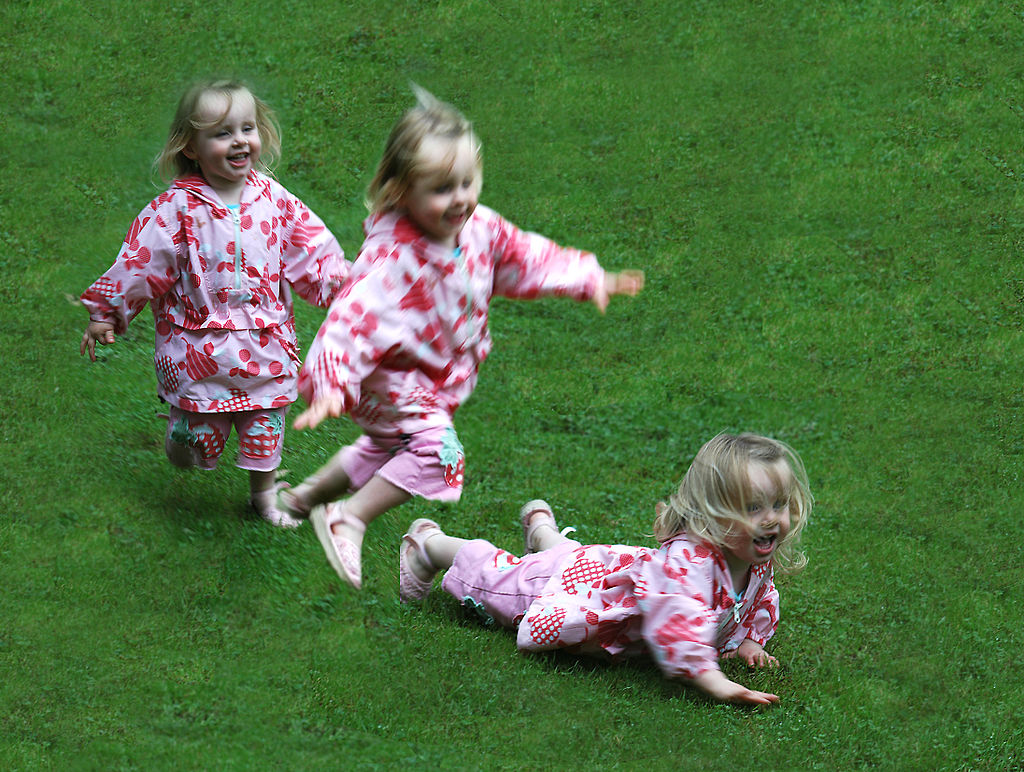
Treatment Options for Elbow Medial Collateral Ligament
Managing the MCL of the elbow depends largely on the intensity of the pain and the severity of the tear or rupture. In case of a complete tear, that may mean surgical intervention is necessary, which is then followed by physiotherapy.
The initial stages of treatment are aimed at reducing inflammation and pain and involve the price principles (Protection, Rest, Ice, Compression, and last but not least, Elevation).
Rest
A person with an MCL sprain will be required to take a break from all kinds of activities that place the elbow under stress or may cause the symptoms to worsen. In case of mild tears, this often means a short rest period.
If the tear is caught early on, a modification technique that can help avoid putting the ligaments under stress can be enough. However, in the case of a severe acute injury or long-term chronic injury, complete rest may be required.
Ice / Cold Therapy
Ice may be applied, or cold therapy may be performed to relieve pain and reduce inflammation. It’s crucial to note that ice should not be applied directly to the area as it can lead to ice burn.
Consider wrapping the ice in a wet towel or get a cold therapy wrap to apply compression to the affected joint.
Compression
Compression can also help provide support and protection to the joint and reduce swelling. Wearing an elbow brace can help keep the area protect from further injuries while it heals.
Additionally, particularly for more severe cases, the following treatment options may be employed to relieve swelling and pain and protect the elbow joint:
Sports Massage
A sports massage can be helpful, friction techniques in particular, that can improve blood flow and break down as well as realign scar tissue.
Sports massage can and should be done after the acute phase of injury, not immediately as addition to hand and elbow physiotherapy following a medial collateral ligament injury.
Electrotherapy
A professional and experienced therapist may employ ultrasound therapy and other types of electrotherapy to tape the elbow joint in order to protect the ligaments and help reduce pain and inflammation.
Taping and Bracing
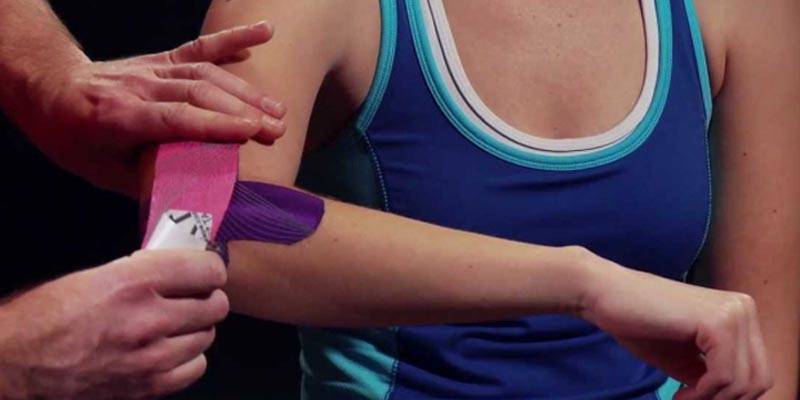
If somehow the ligaments are overstretched, this can cause long-term joint laxity. In such cases, the person may be required to wear a strong elbow strap to support and protect the ligaments.
Sports taping is also known to provide quite a lot of support but it doesn’t last for long as the tape gets stretched a little bit within a few hours.
Surgery
In particularly extreme cases of elbow MCL strain, surgery is necessary for the reconstruction of the ligaments. This is typically considered as a last resort because the results aren’t found to be that effective.
How Physiotherapy Can Help Repair Medial Collateral Ligament Tears
In cases where there’s an incomplete tear or there’s simply a ligament strain, physiotherapy is considered as the best course of treatment and management.
Once the inflammation and pain has become manageable, then strengthening and mobility exercises for the elbow can be started that will focus on helping the person regain their strength and full range of motion.
Depending on how severe your sprain is, our senior principal physiotherapists and hand therapists will carry out in-depth assessment tests and diagnostic procedures to narrow down the main causes of the injury and determine the right course of treatment for you, so you can heal quickly and get back on the field.
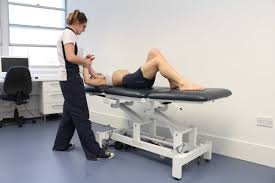
Moreover, we will assist you in correcting any factors that may have contributed to your injury (such as overtraining and poor elbow technique) as well as teaching you joint mobility techniques and making modifications to your throwing technique with the help of exercise and strengthening programs that are geared towards natural healing.
If you’re interested in learning more about medial collateral ligament strain/injury and wish to discuss these physiotherapy treatment options at length,contact us now.
